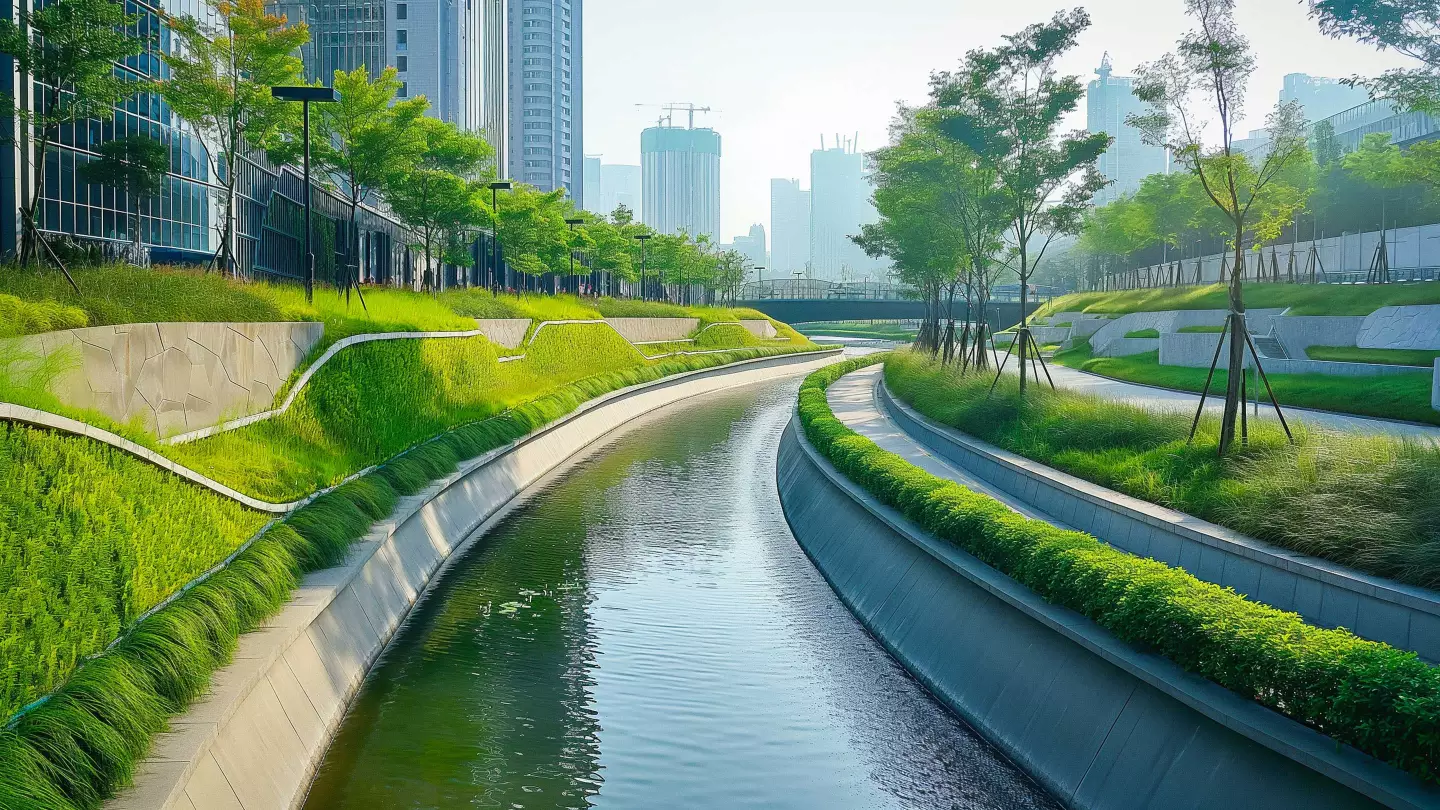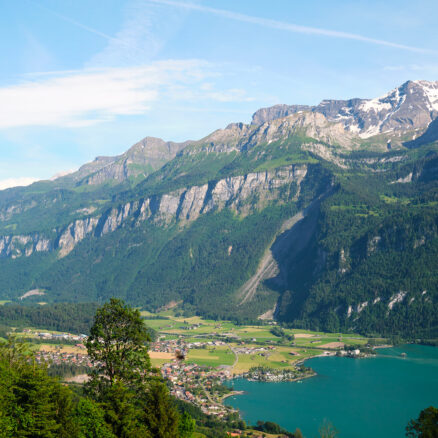Infrastructure development and operations drive over 25% of human-generated biodiversity loss — fragmenting habitats, depleting resources and polluting terrestrial, freshwater and marine ecosystems.
Infrastructure’s broad scope amplifies ecological impacts from other sources, such as climate change, land- and sea-use changes, the spread of invasive species and pollution of air, water and soil. Because infrastructure involves a wide range of actors — including governments, infrastructure owners, engineers, construction firms and real estate developers — it presents unique opportunities for collaboration. Together, these stakeholders can help drive restoration efforts through nature-based and hybrid solutions.

In a joint publication, BCG and Quantis explore how infrastructure players can shift from minimizing harm to creating net-positive environmental impact through nature-based solutions. We surveyed more than 45 infrastructure companies around the globe to evaluate their awareness of the industry’s nature-related impact and their maturity in terms of mitigating harm, restoring ecosystems and generating positive environmental outcomes. Key takeaways include:
- 80% are focused on reducing negative impacts, but only 30% are currently implementing nature-based solutions.
- Nature-based strategies can deliver more than double the ROI of conventional gray infrastructure.
- There’s growing recognition that restoration efforts create environmental, economic, and societal benefits—and that collaboration is key.



